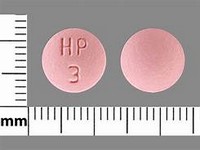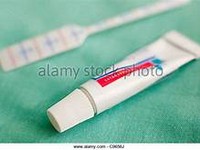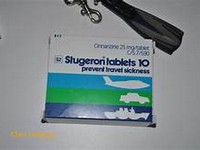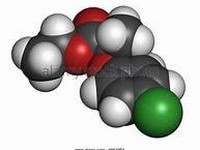hydralazine hydrochloride

hydralazine hydrochloride
CLINICAL USE
Vasodilator antihypertensive agentDOSE IN NORMAL RENAL FUNCTION
Oral: Hypertension: 25–50 mg twice daily; —maximum daily dose 100 mg in women and slow acetylators, 200 mg in fast acetylatorsHeart failure: 25–75 mg 3–4 times daily —IV: slow IV injection: 5–10 mg over 20 minutes; repeat after 20–30 minutes if necessaryInfusion: 200–300 micrograms/minute initially, reducing to 50–150 micrograms/minutePHARMACOKINETICS
DOSE IN RENAL IMPAIRMENT
GFR (mL/MIN)
DOSE IN PATIENTS UNDERGOING RENAL REPLACEMENT THERAPIES
IMPORTANT DRUG INTERACTIONS
Potentially hazardous interactions with other drugsADMINISTRATION
Reconstition
20 mg with 1 mL water for injection then dilute with 10 mL sodium chloride 0.9% for IV injection or 500 mL sodium chloride 0.9% forIV infusion
Route
Oral, IV peripherallyRate of Administration
As aboveComments
Minimum volume of 60 mg in 60 mL.OTHER INFORMATION
Avoid long-term use in severe renal insufficiency and dialysis patients, due to accumulation of metaboliteshydralazine hydrochloride.
See how to identify renal failure stages according to GFR calculation
See how to diagnose irreversible renal disease
Home








